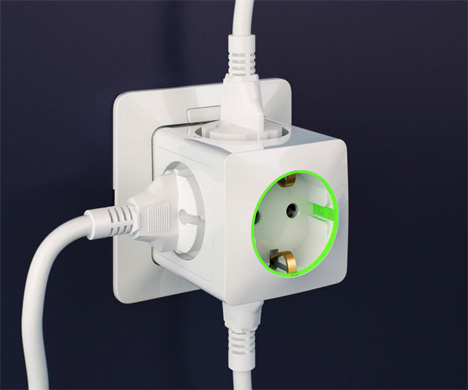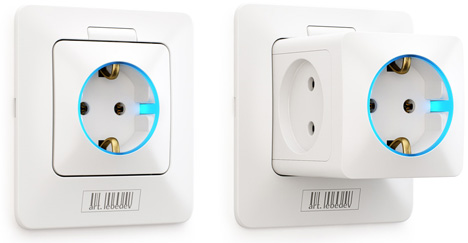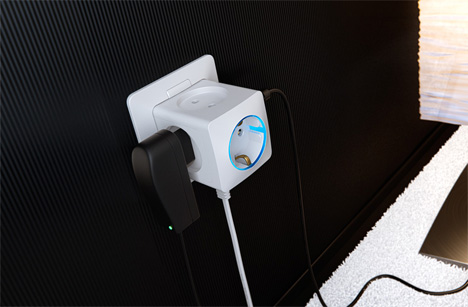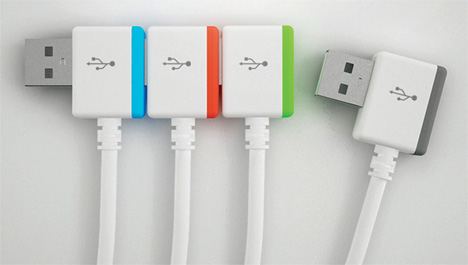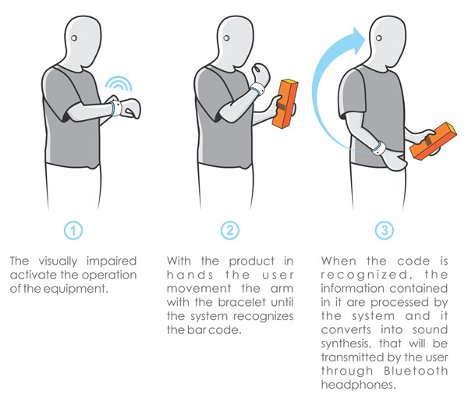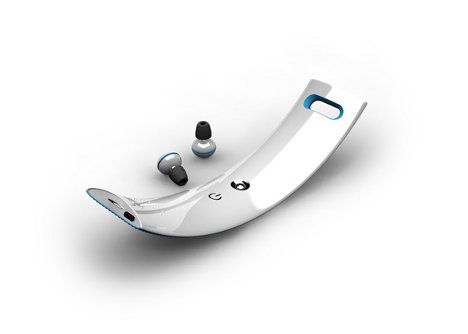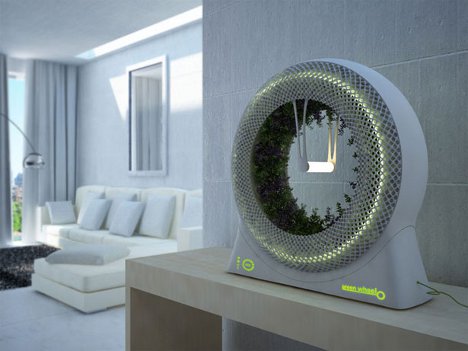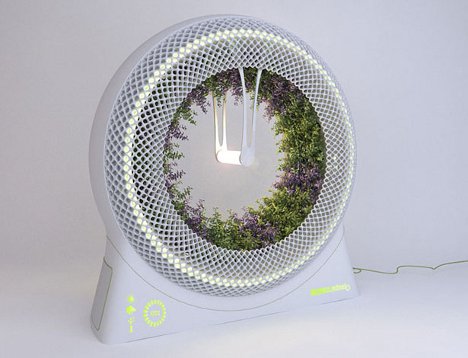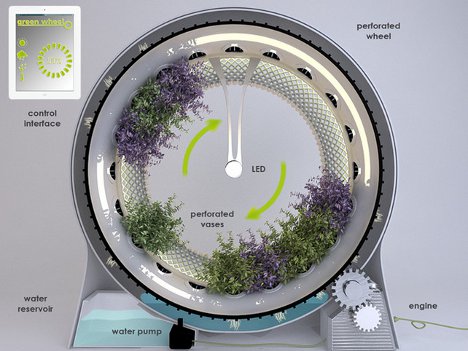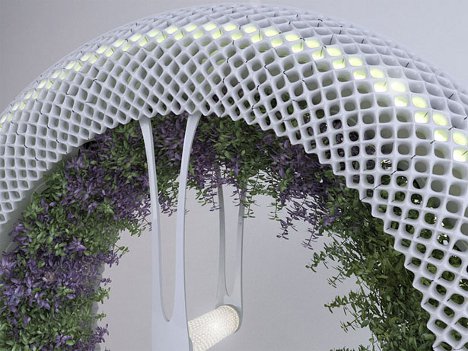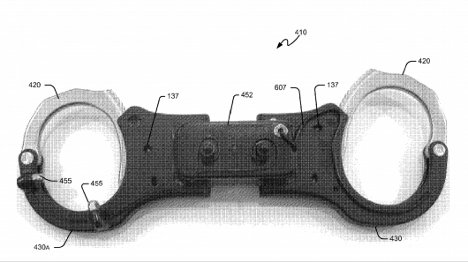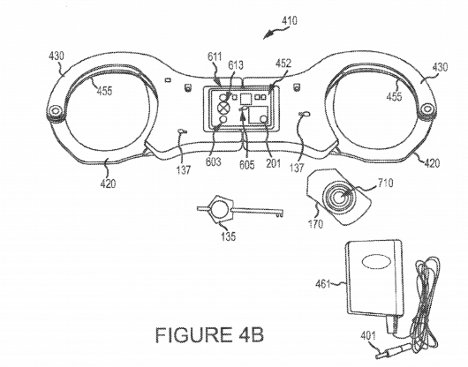How many times have you seen Star Wars? I know, I can’t count that high either. Well, here’s your chance to get up close and personal with a TIE Fighter. You can view an amazingly detailed model of Darth Vader’s TIE Fighter in your WebGL-compatible browser. As long as you aren’t using Internet Explorer you should be fine. (IE users can try this plug-in.)

It is a complete 3D mockup of Vader’s ship – minus The Dark Lord himself. Feel free to spin and zoom to check out every minute detail. Just use the mouse, left-click and drag to rotate. The right-click and drag will pan the view. The mouse wheel zooms in and out. This is the closest you will ever get to standing next to (or inside of) an actual TIE Fighter.
The model was uploaded to the Sketchfab site by user Trigrou. Sketchfab is a service that lets you host and explore 3D objects in several formats. Thanks to WebGL and HTML5, you don’t need any plugins to view it. Pretty awesome, I say.

